Despite President Trump’s repeated declarations that “Obamacare is finished … dead … gone,” the first full open enrollment period of the Trump era begins on Wednesday, and the administration has taken some surprisingly strong steps to make it a success.
“It’s been completely bipolar,” health care analyst Charles Gaba told TPM. “They’re helping, they’re hurting, they’re helping, they’re hurting.”
Last week, as they have in past years, HHS shared a database of all available health plans to give Americans’ a full week to “window shop” before enrollment began. They also plan to periodically share how many Americans have signed up for insurance during the enrollment period, hire as many call center workers for Healthcare.gov as last year, and are using social media to remind the public to enroll.
Open Enrollment is coming soon! Browse 2018 plans & prices and see what’s in store for you before Nov. 1: https://t.co/Wa9jJ8kxhF pic.twitter.com/6DhNWAW92o
— HealthCare.gov (@HealthCareGov) October 26, 2017
Randy Pate, the deputy administrator for the Centers for Medicare and Medicaid Services (CMS), recently told the Washington Examiner that he aims to provide a “seamless open enrollment for consumers” starting Nov. 1.
To that end, CMS announced last week that it will send out notices encouraging people to enroll or re-enroll, staff the call centers at the same level as last year, target outreach to the currently uninsured “with a special focus on young and healthy consumers” who will help improve the risk pool and bring down costs for everyone, and use text messages, emails, and robocalls to remind people to enroll.
In posting information about all available marketplace health plans a week in advance to allow consumers to window shop, CMS organized the data by price, taking into account the tax credits and subsidies most people can receive to bring down their out-of-pocket costs.
An HHS official confirmed to TPM that the agency will “release enrollment data throughout Open Enrollment,” but would not answer whether they would take the form of the detailed biweekly reports of years past.
Josh Peck, the former chief marketing officer for HHS, said those mid-enrollment “snapshots” were vital to logging millions of signups each year.
“The snapshots generated awareness that open enrollment was happening, and played a really important role in getting the word out.” he explained. “Telling people that other people were signing up is a proven way to motivate people to go sign up. Also, when certain places were underperforming, it allowed us to make decisions about how to invest outreach dollars in the most efficient way possible.”
Peck and other former Obama administration health officials say they are pleasantly surprised by these helpful actions from HHS, but remain wary of what is to come.
“Right now they’re taking the steps that they need to, but there is still a lot that could go wrong in the next six weeks,” Lori Lodes, who ran open enrollment outreach for HHS under the Obama administration, told TPM. “The overall direction they have taken is obviously very damaging, but it looks like they won’t put up roadblocks for people signing up.”
Still, previous actions by Trump are expected to severely depress enrollment—from the termination of enrollment partnerships with hundreds of local and national groups, to abruptly ending subsidies to insurers, to scuttling efforts by Congress to pass a market stabilization bill, to the evisceration of the budget for outreach and in-person assisters.
“That’s a recipe for bad risk. It’s a recipe for healthy people not signing up,” said Peter Lee, the executive director of California’s exchange and a former HHS official. “The federal government is stepping away from marketing when it’s needed the most. I’m really worried about this.”
Larry Levitt, a vice president of the Kaiser Family Foundation, agreed that the impact of the outreach cuts will be severe.
“There is so much confusion going into this open enrollment and fewer resources to help educate people,” he warned. “Enrollment is going to drop.”
HHS also released a report Monday on the state of the individual market that played up the rising cost of many health plans without citing the main reason behind those increases—Trump’s unilateral cancelation of cost-sharing reduction payments to insurance companies. The HHS report also does not indicate that the majority of people will not see an increase because of the ACA’s tax credit structure. Neither do they emphasize that the percentage of people who can find a plan that costs $75 a month or less has increased since last year. A statement from HHS accompanying the report claims that “Obamacare’s exchanges are deteriorating with skyrocketing premiums year after year.”
Many health care experts, including Levitt and Lodes, called the report misleading.
Yet the administration has not done everything possible to undermine the law.
Gaba thinks this bipolar attitude toward the Affordable Care Act may reflect a struggle within the government’s bureaucracy between career public servants and the desires of Trump, CMS Administrator Seema Verma, and, until he recently resigned, HHS Secretary Tom Price.
“The general sense I’m getting is that a battle is going on between the powers that be at the top, who are going out of their way to sabotage, and the career people at HHS, who are either neutral and just want to do their jobs, or they’re appalled at what’s happening and support the ACA,” he said.
This battle and health care bipolarity, though particularly evident in recent weeks, goes all the way back to the first days of the Trump administration.
“The night of the inauguration he signed an executive order to unwind major parts of the parts of the ACA, but that mostly has not happened,” Levitt noted. “Then there was regulation put out in the spring to help stabilize the marketplaces, but right before open, Trump announces the CSRs will end—a move that, ironically, might end up bolstering the marketplace.”
Levitt and Gaba also cited the recent announcement from the IRS that they will fully enforce the individual mandate, a reversal of months of suggestions from the administration that they may not do so, as yet another example of the Trump’s administration’s mixed messages.
“It’s purely psychological,” Gaba said. “It doesn’t matter whether the IRS will enforce it or not. It matters whether millions of people, especially younger and healthier people, think they might not enforce it, and they don’t sign up because of that. When they go to file taxes in 2019, the IRS may demand the penalty, but the damage is already done. They can’t go back and improve the risk pool retroactively.”
The success or failure of this year’s open enrollment, Levitt emphasized, depends on which message from the Trump administration reaches the ears of most people.
“The big question now is whether the political messages win out or the consumer messages do,” he said.





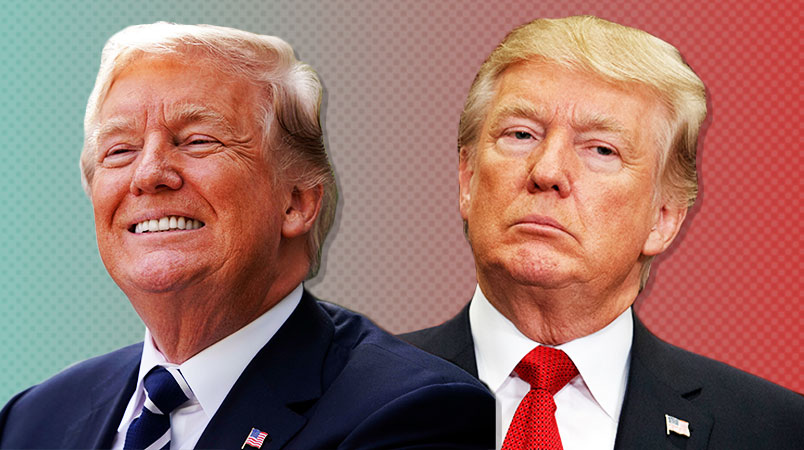

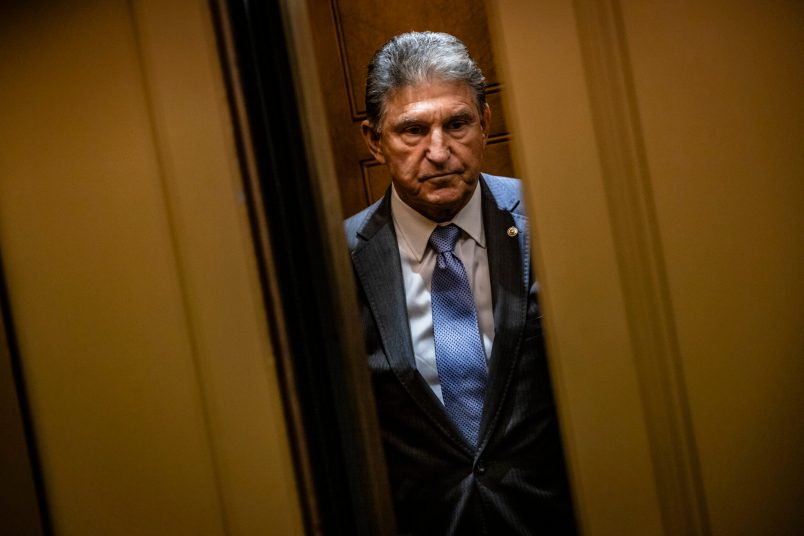
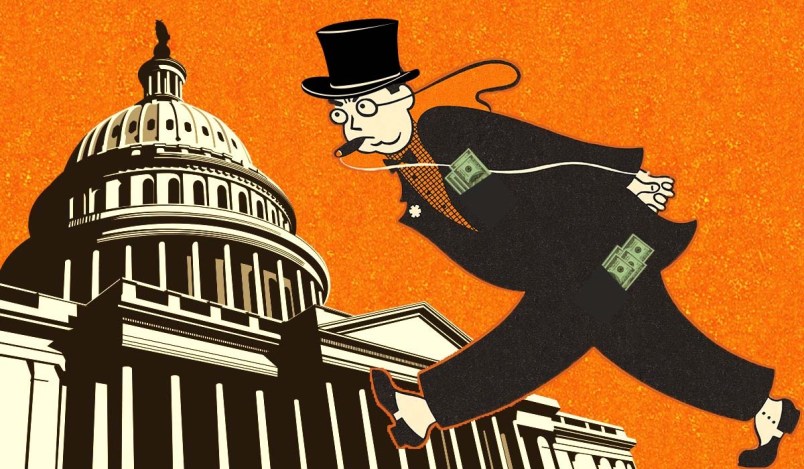
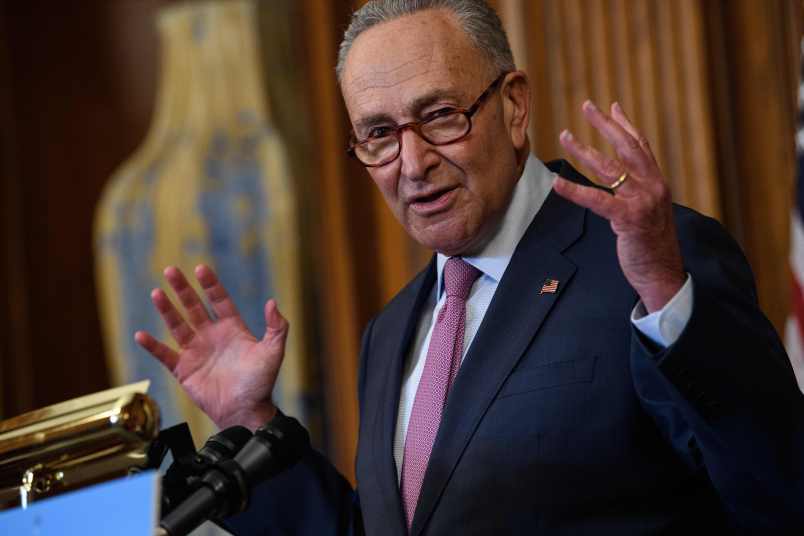
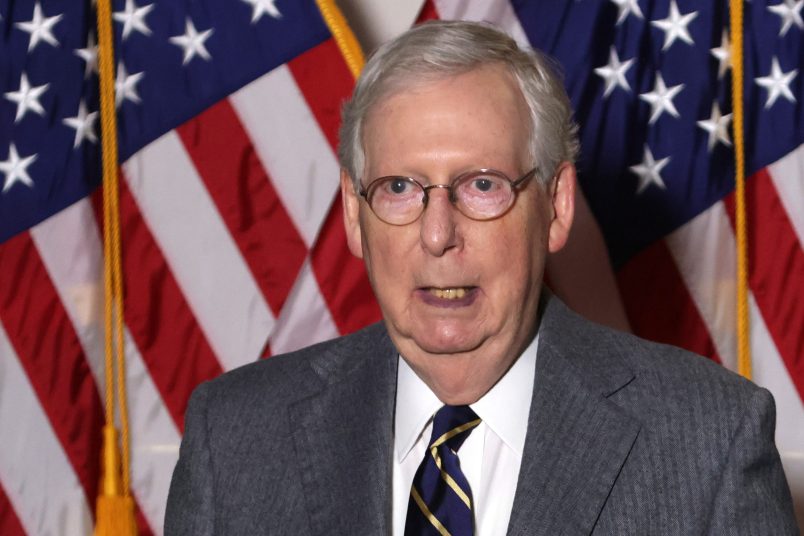
Take Politicians expense accounts away and make THEM pay for their healthcare . At the moment , their healthcare is subsidised by the taxpayer .
Confused Donald can’t perform to the level of President Obama. #lowenergy
Trick or Treat
Everyone should sign up for Obamare that is anti-Trump.EVERYONE.
That would scare the shit out of the Republicans.
Oh that would be nice, if they could afford it. I’m a strong believer in the program, I have a Silver PPO and just want to make it 1.5 more years and then I can go on Medicare. But my premiums will double - from $1000 to $2000 per month next year - no subsidies for me. What happened to “premiums could rise as much as 25%”?